Rhaphidophora plants, also known as Rhaphidophora tetrasperma or Mini Monstera, are gaining popularity as indoor houseplants. With their lush green foliage and fenestrated leaves resembling that of a Monstera deliciosa, it’s easy to see why. However, caring for these tropical vines requires providing the right growing conditions, including using an appropriate potting mix.
When choosing soil for rhaphidophora plants, it’s important to use a lightweight, well-draining mix that will retain some moisture while still allowing excess water to drain away from the roots. The soil should also provide some nutrients. Here are 5 of the best potting soil options for successfully growing happy, healthy rhaphidophora houseplants.
Well-draining Potting Mix
Rhaphidophora prefer a potting mix that drains well to prevent soggy soil and potential root rot. The ideal mix will dry out slightly between waterings but still retain some moisture.
Incorporate Perlite or Bark
- Mixing in perlite creates air pockets for drainage and aeration. Aim for about 20-30% perlite content.
- Orchid bark also assists drainage while providing some nutrients. Use orchid bark to compose about 20% of the total potting mix.
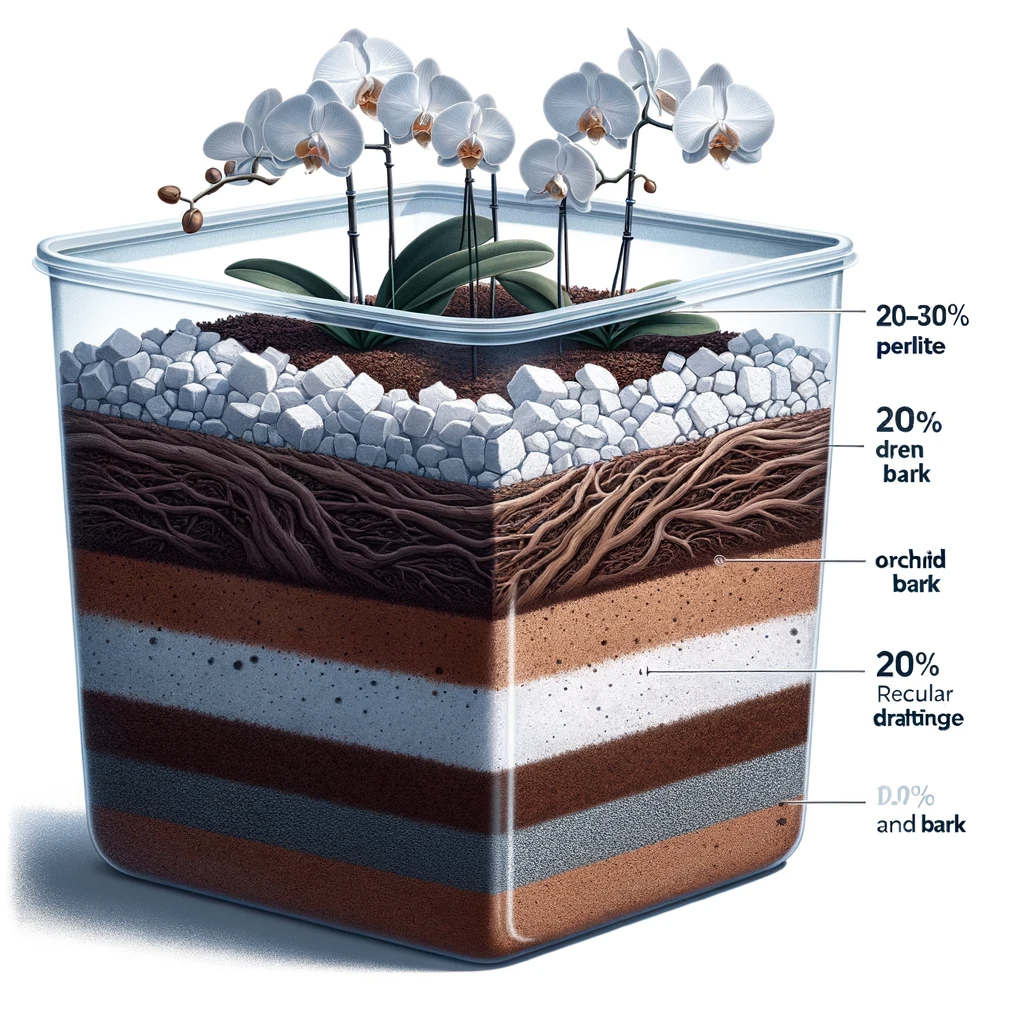
Use Peat Moss in Moderation
- Peat moss helps retain moisture but too much can get waterlogged. Limit to about 20% of the potting mix.
- Mix peat moss with coarse sand or perlite to increase drainage and aeration.
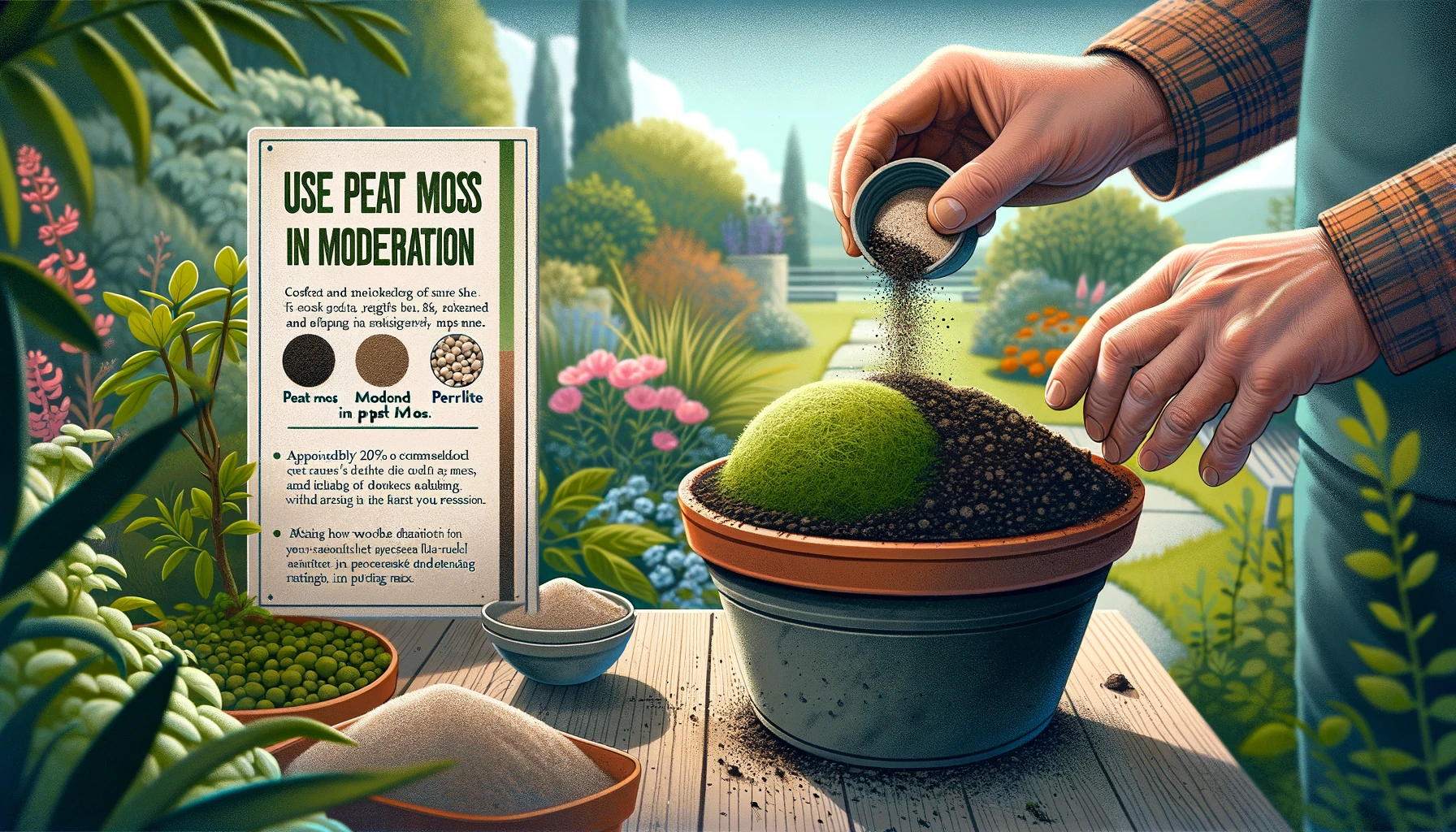
Lightweight Soilless Mix
Soilless potting mixes are lighter than standard potting soil and won’t compact over time. This allows better water drainage and root growth.
Look for Soilless Blends
- Seek out mixes made with peat moss or coconut coir as the main ingredient rather than heavy garden soil.
- Soilless blends provide moisture retention but stay light and fluffy for better drainage.

Add Extra Perlite
- Even soilless mixes can usually benefit from some added perlite or bark bits to enhance drainage and airflow.
- Mix in an additional 10-20% perlite when potting rhaphidophora cuttings or plants.
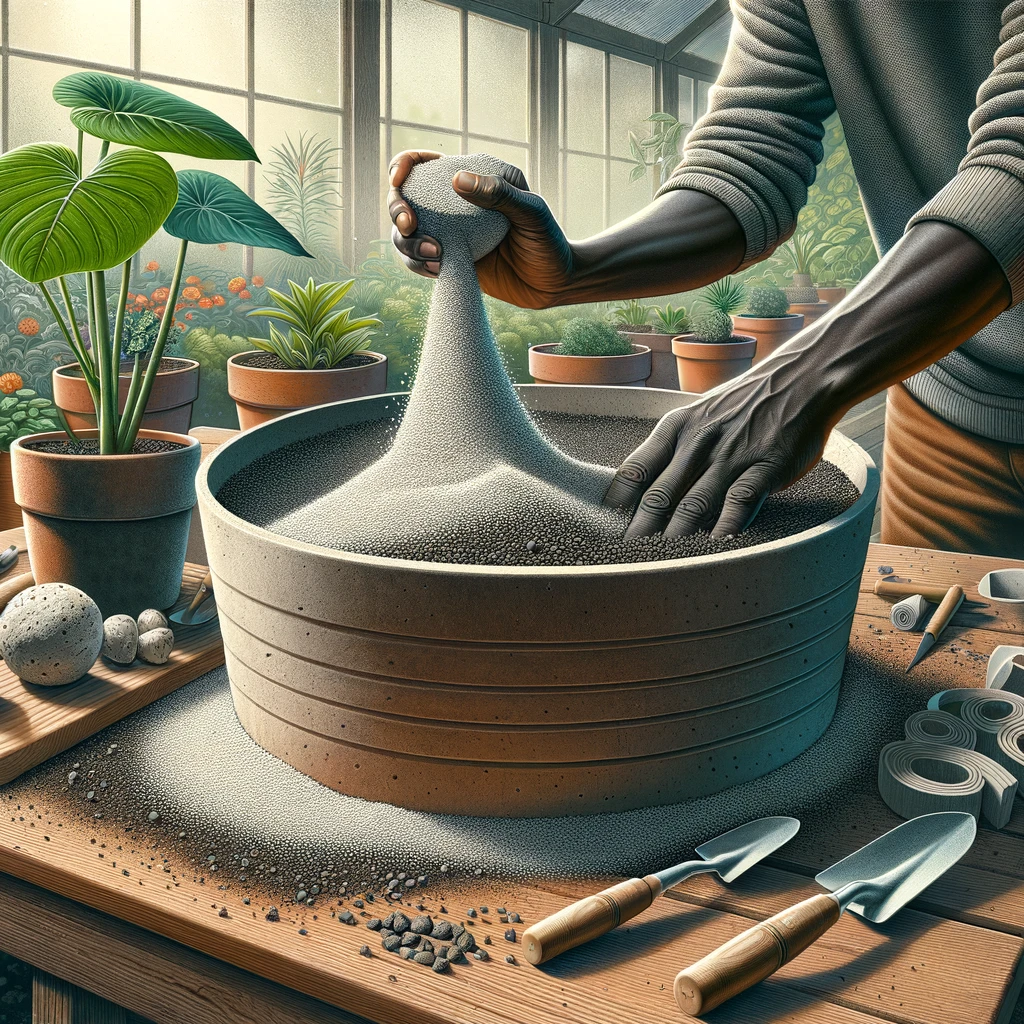
Nutrient Rich Orchid Mix
Specialized orchid potting mixes provide excellent drainage along with some nutrients to support plant growth and healthy foliage.
Contains Bark and Charcoal
- Orchid mixes include chunky fir bark pieces to improve drainage and aeration.
- Charcoal may also be added to help absorb excess moisture and keep soil from getting waterlogged.
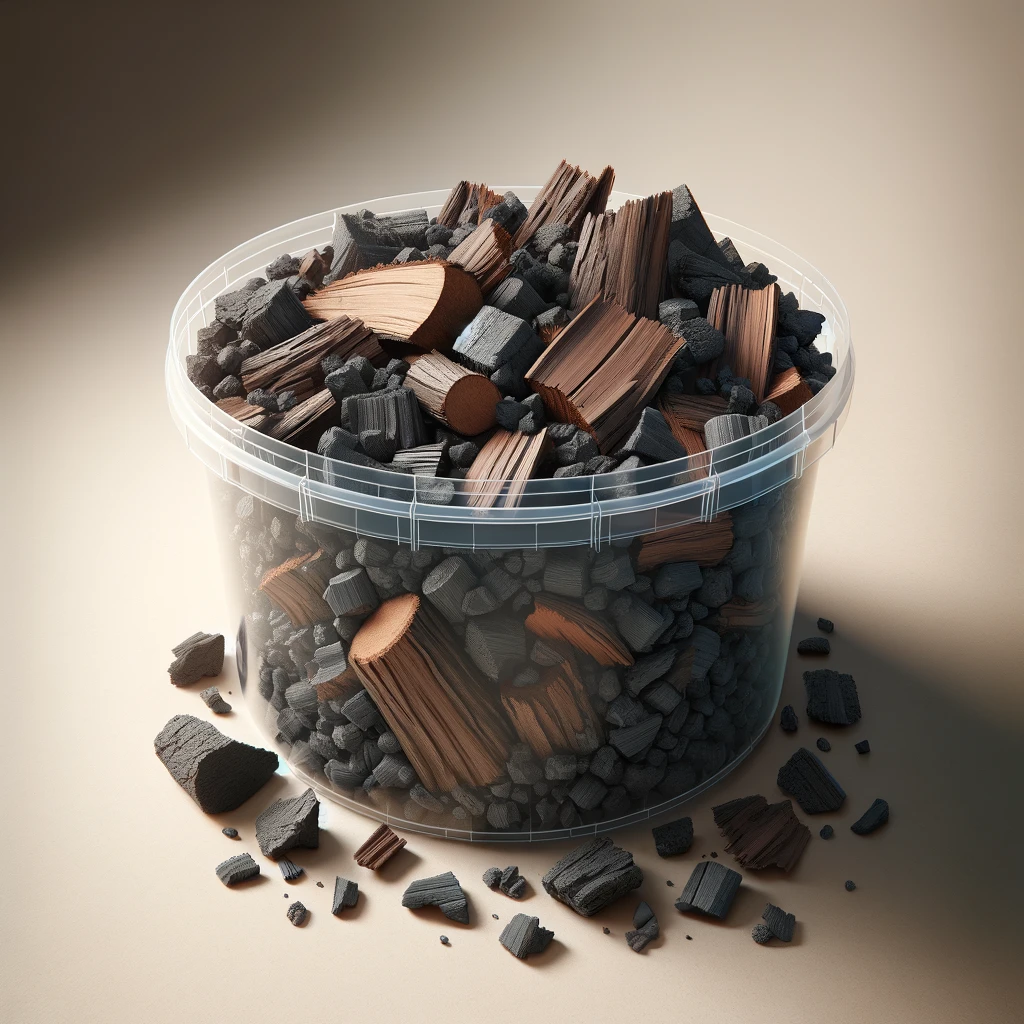
Slow Release Fertilizer
- Many orchid soil blends have mild organic fertilizers for steady nutrient supply to plant roots.
- Extended release fertilizers prevent buildup of salts that can burn delicate roots.
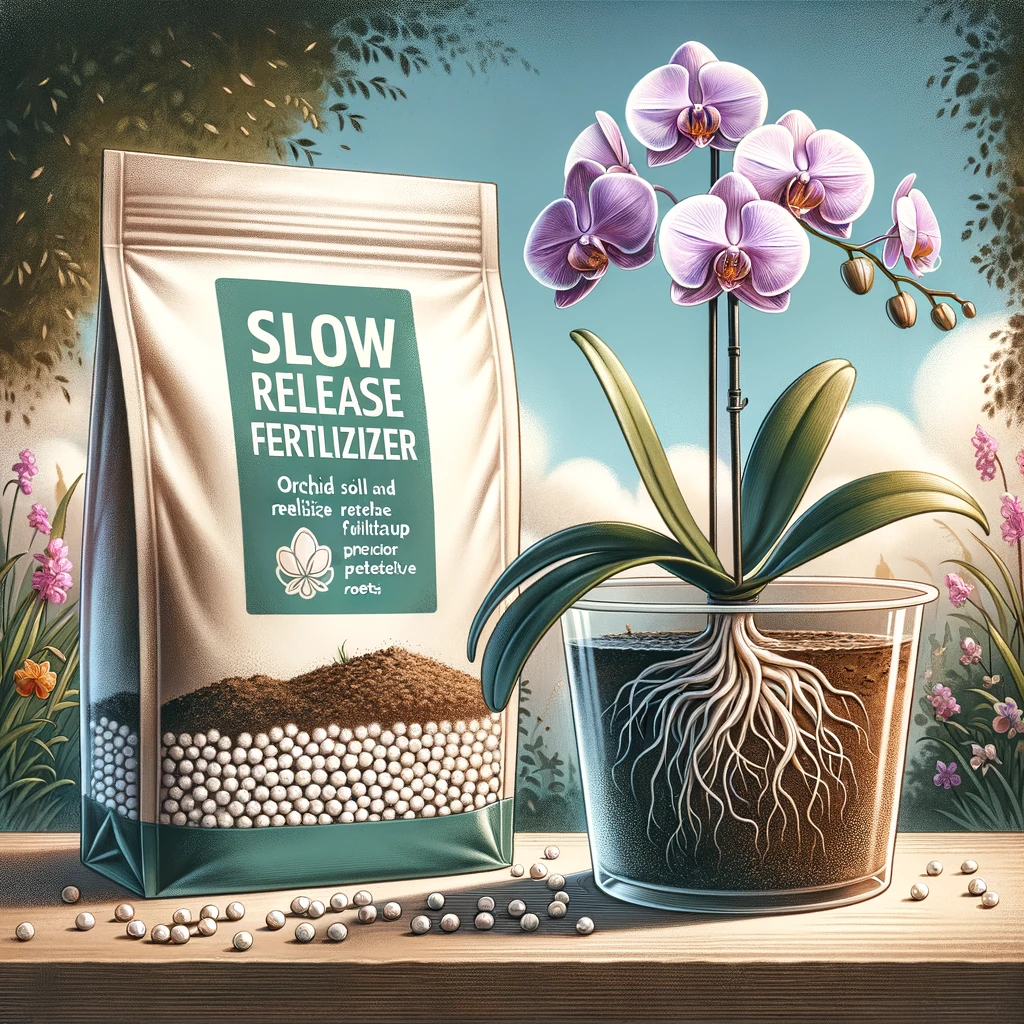
Organic Potting Mix
Organic potting soils offer nutrients through natural amendments like compost, earthworm castings, or bat guano without chemical additives.
Nourishes with Compost
- Compost introduces beneficial microbes and provides a slow, gentle release of nutrients for steady plant growth.
- Well-aged compost brings nutrients without risk of burning roots or altering soil pH too drastically.
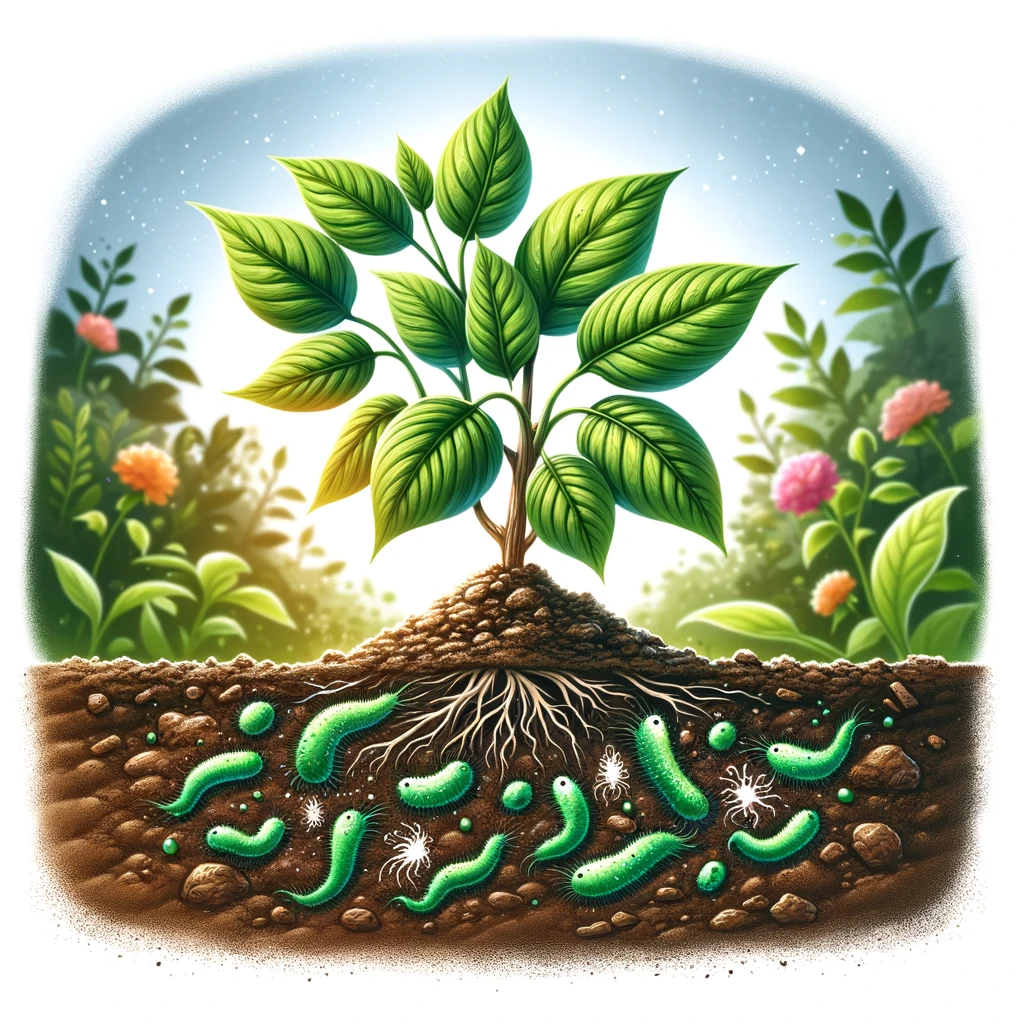
Contains Coconut Coir
- Coconut coirfunctions like peat moss to help retain moisture between waterings.
- It resists compression and provides air space for healthy root zone.
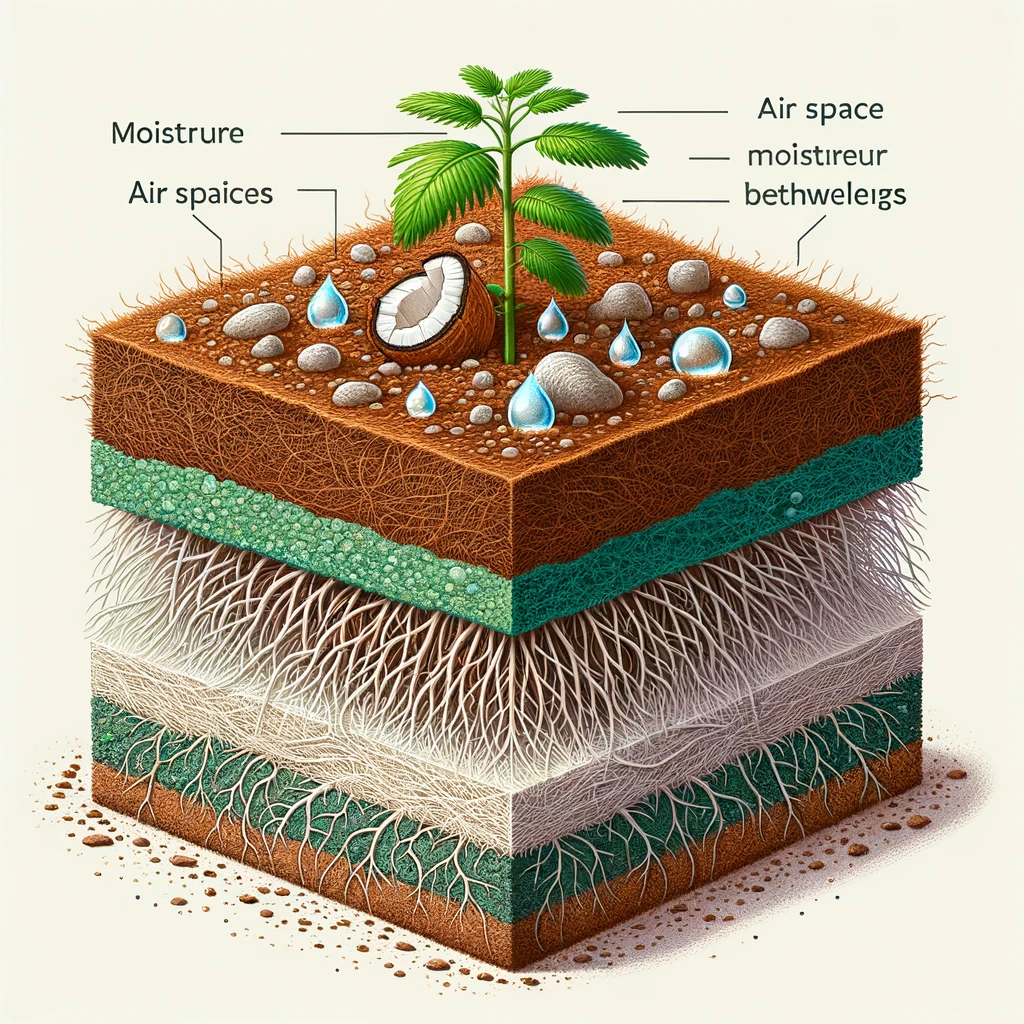
Commercial Houseplant Soil
There are many high quality commercial potting mixes specifically blended for indoor houseplants such as rhaphidophora.
Formulated for Container Plants
- Designed to meet the needs of plants grown in containers rather than the ground.
- Ingredients like peat moss or coconut coir retain moisture while perlite encourages drainage.
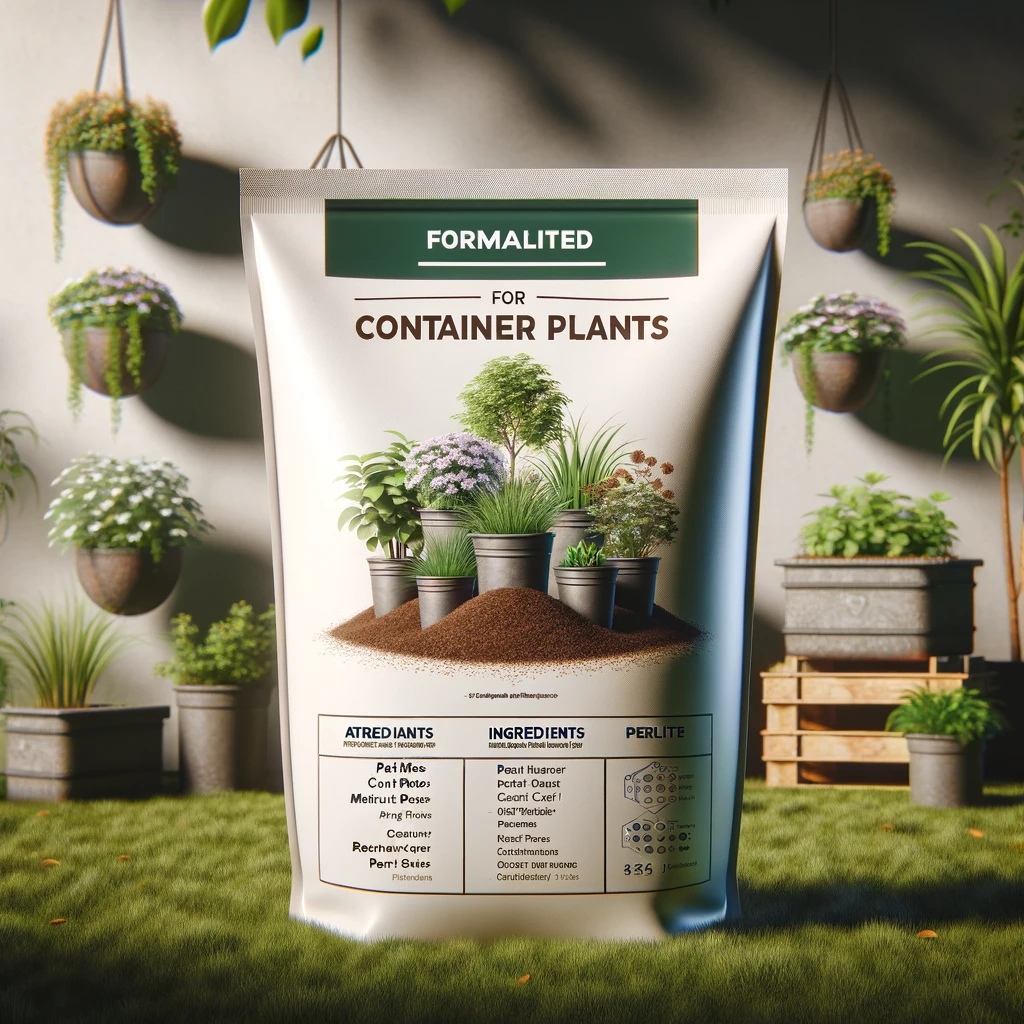
A compilation of the Rhaphidophora species that are in high demand in 2023
Added Fertilizer
- Complete houseplant soils contain a mild fertilizer, eliminating guesswork.
- Granular fertilizers provide a slow, steady release of key nutrients.

Custom Blends Available
- Select potting mixes are specially formulated for certain houseplants, like vines or orchids.
- Or create a custom blend tailored to your specific plant type for optimal growth.

Conclusion
When potting or repotting a rhaphidophora plant, choose a lightweight and porous soil that will drain excess moisture but still retain some water between irrigation.Aim for a mix containing roughly equal parts peat or coconut coir for moisture retention, perlite or bark to assist drainage, and optionally some slow release fertilizer or compost for nutrients. With the right potting medium matched to their preferences, rhaphidophora plants will thrive indoors and reward you with vigorous vine growth and gorgeous, lush foliage.
FAQ
- What is the ideal soil type for Rhaphidophora plants?
- The ideal soil type for Rhaphidophora plants is a well-draining mix that retains some moisture. A combination of potting mix and organic matter like peat or compost is often recommended.
- Can I use regular garden soil for Rhaphidophora?
- It’s not advisable to use regular garden soil for Rhaphidophora plants as it can be too heavy and may not provide adequate drainage. Opt for a well-balanced potting mix designed for tropical or indoor plants.
- Should I add perlite or sand to my Rhaphidophora soil mix?
- Yes, adding perlite or sand to your soil mix can improve drainage and aeration, which is beneficial for Rhaphidophora plants. A typical mix might include perlite, peat moss, and a little organic compost.
- Do Rhaphidophora plants prefer acidic or alkaline soil?
- Rhaphidophora plants prefer slightly acidic to neutral soil with a pH range of 6.0 to 7.0. You can adjust the pH level if needed using appropriate soil amendments.
- How often should I repot my Rhaphidophora to refresh the soil?
- Rhaphidophora plants typically benefit from repotting every 2-3 years to refresh the soil and provide more room for growth. Repot in the spring if the plant has outgrown its container or if the soil has become depleted of nutrients.

